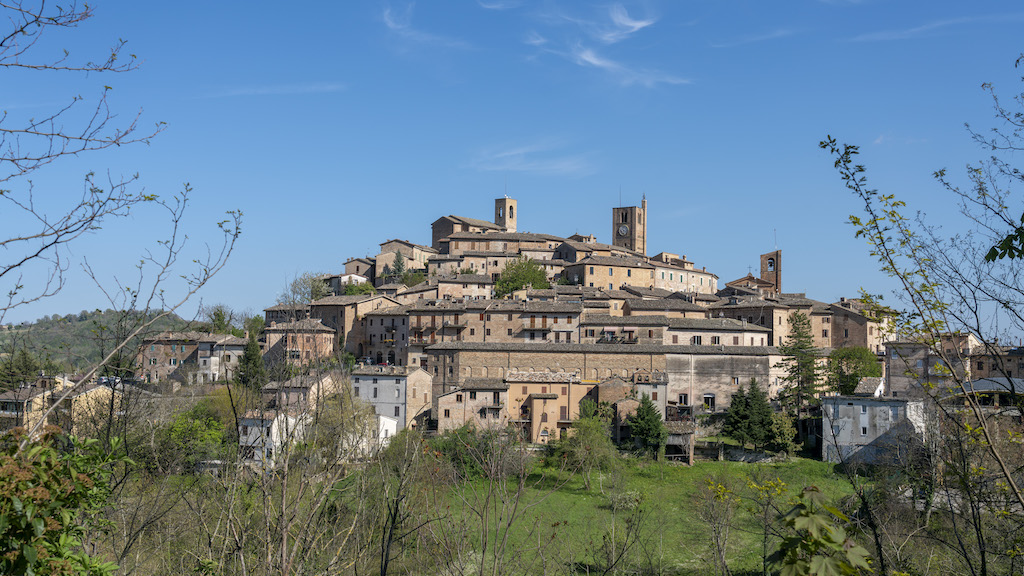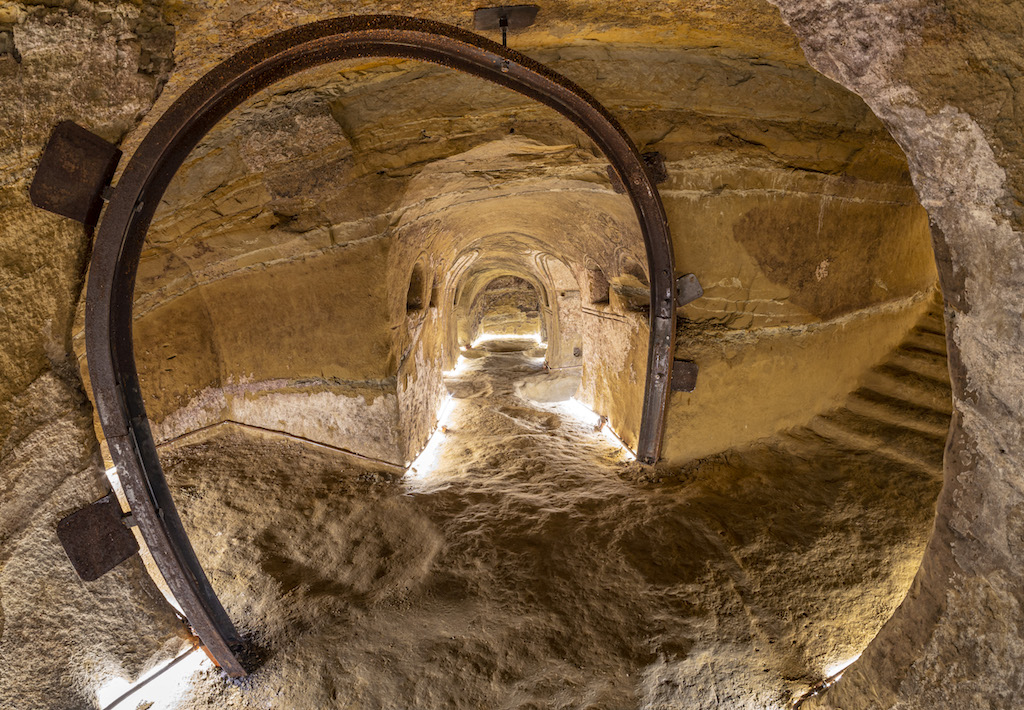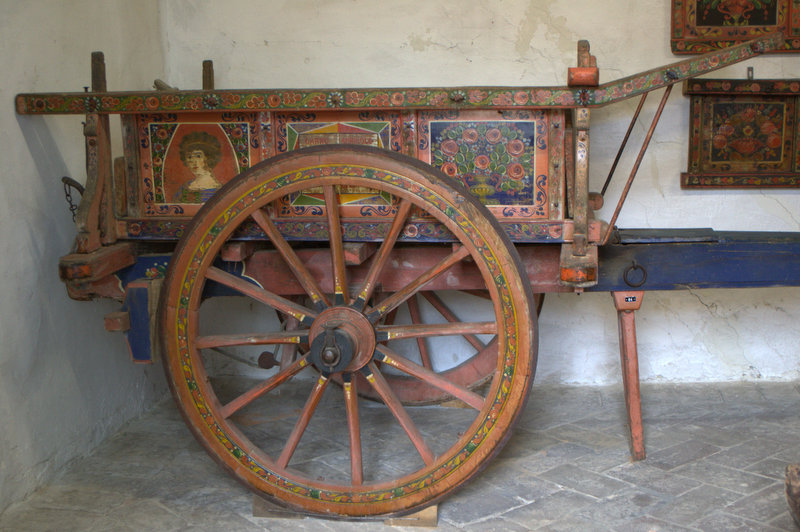From Queen Sibilla to popular eros: saltarello of Marche
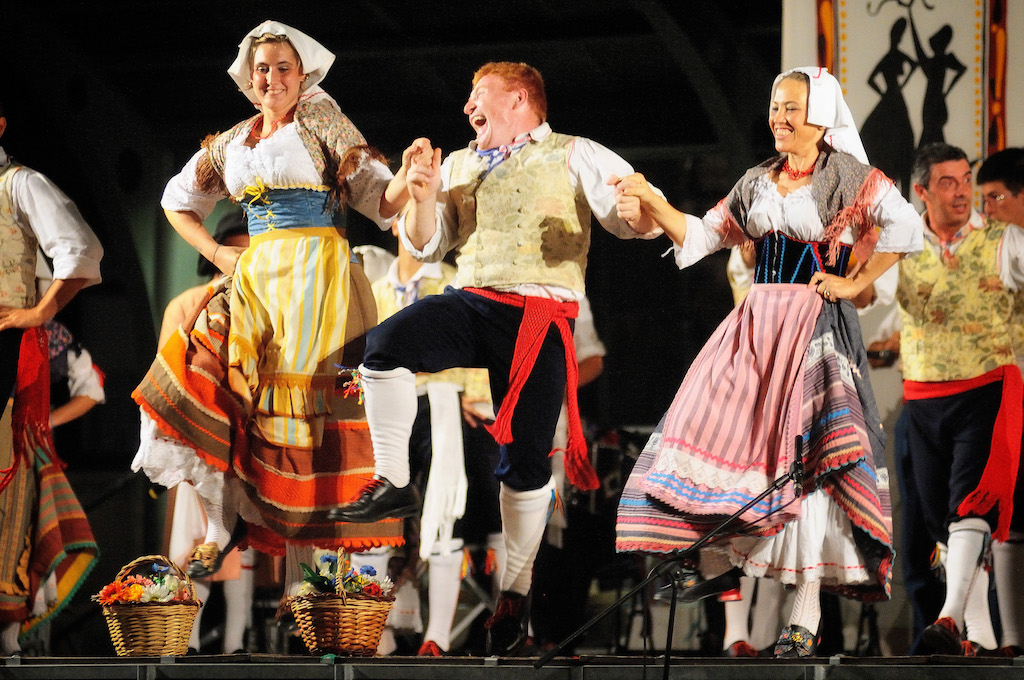
What is it that marks the identity of people in Marche? There are many answers. One of these points at the wish to be faithful to and to ennoble the local folklore, a kind of knowledge that spreads from popular culture and makes our region great and multifaceted. Out of the many popular traditions belonging to our territory, one, most of all, characterizes our people: the saltarello dance.
Erroneously scorned as a sub-culture, folklore is instead basic to identify our past, define our present and project us in the future with a precise mark of identity. Saltarello, a traditional popular dance, is a fundamental element of this culture which should honoured and promoted. Myth and history tell us two different tales about it.
According to myth, saltarello was danced by queen Sibilla’s fairies. Wearing fig wood clogs, they danced in their cave, on top of Mount Sibilla, and taught people how to dance it and to build the tambourine, the instrument that accompanies it.
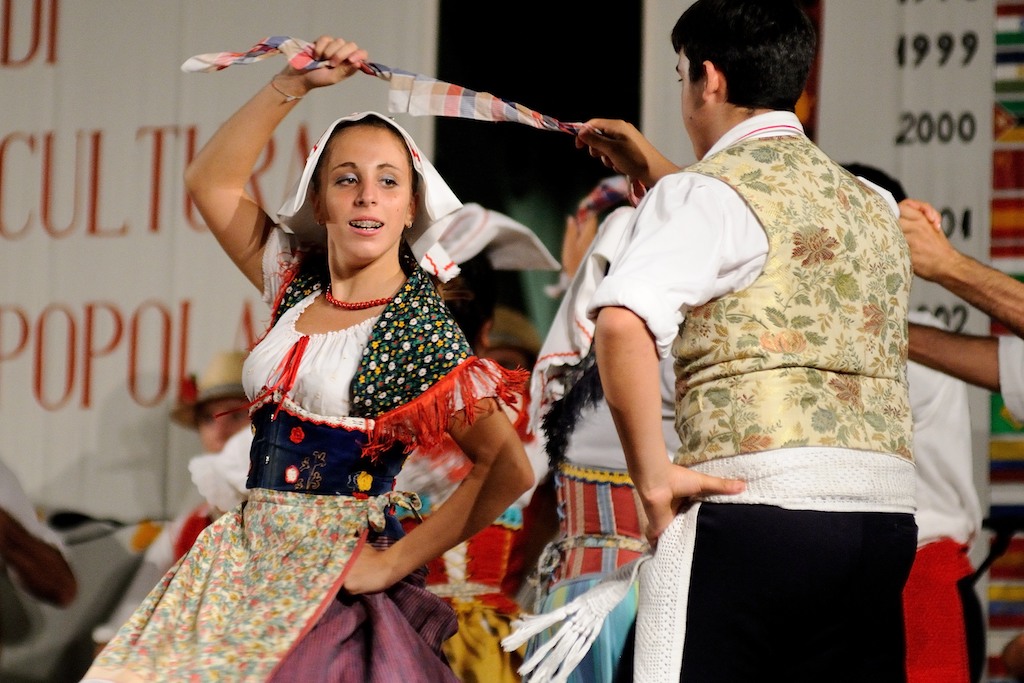
Moving from legend to history, it is in the Roman age that we find the first traces of this dance.
Etymon leads us back to Latin saltatio (jumping), a dance very popular with the Latin populations even before the Roman conquest, which survived the shift from the pagan to the Christian religion. It is indeed believed that it was danced by the Salii priests, who performed it during celebrations and important events wearing ceremonial costumes which recalled the attire of central Italy warriors of the VIII century b.C.
After surviving in the middle ages, saltarello started being practiced by the aristocracy during the Renaissance and later spread also in popular classes. Historical sources highlight the erotic component of these dances, which led the Church to try and limit their diffusion. Originally saltarello was a courting dance, during which women animated the scene with their sex appeal; according to other documents, however, it belonged to everyday life, being danced in moments of rest, or to mark the succession of seasons when harvesting, threshing, grape harvest and corn husking took place.
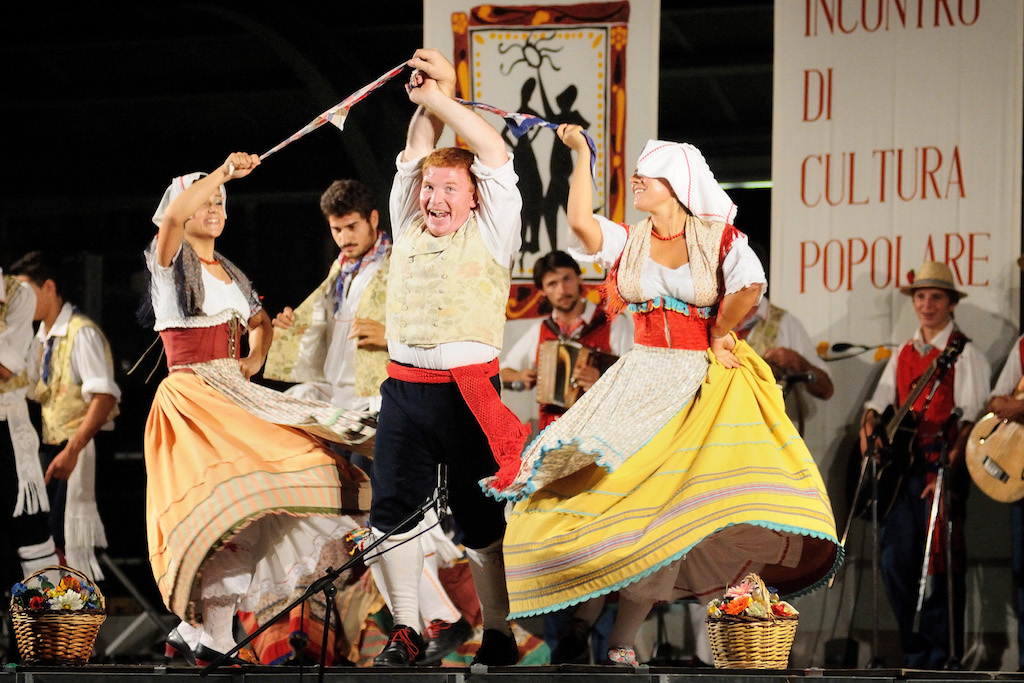
The first direct source mentioning this ancient dance is a medieval manuscript, known by specialists as Manuscript Add. 29987, kept in the British Library in London. The document, concerning Italian music of the XIV century, includes polyphonic works and instrumental dances, previously noted on separated booklets from several localities in central Italy, dating from the last decade of the XIV century and inserted into a single volume in Florence in the XV century, when it became a property of the Medici family. This code is the most important source of the Italian musical repertoire in the XIV century with pieces by composers of the Italian Ars Nova including Francesco Landini, Jacopo da Bologna, Gherardello da Firenze, Niccolò da Perugia and others.
Between the123 pieces it contains, there are four saltarelli, bearing no title but certainly meant for dancing.
Saltarello is a dance meant for couples, generally a man and a woman, and its main feature, as appears from its name, is jumping (“saltarello” means “performing little jumps”). It is a lively, rhythmical, energetic and strenuous dance. It begins after the dancers take place one in front of the other, the man with arms behind his back, the woman with hands on her hips. Here a choreography begins, marked by movements simulating escapes and returns, with alternatively courting or vexation expressions on the dancers’ faces. The giro (“spin”) and the sponda piè (“protruding feet”) – a little kick forward after a specific musical variation – are typical examples of saltarello steps; the dance, however, leaves room to improvisation and the inspiration of the moment. The dance ends when the dancers finally agree, which is shown by holding each other’s arms, jumping on both feet and quitting the stage by side steps.
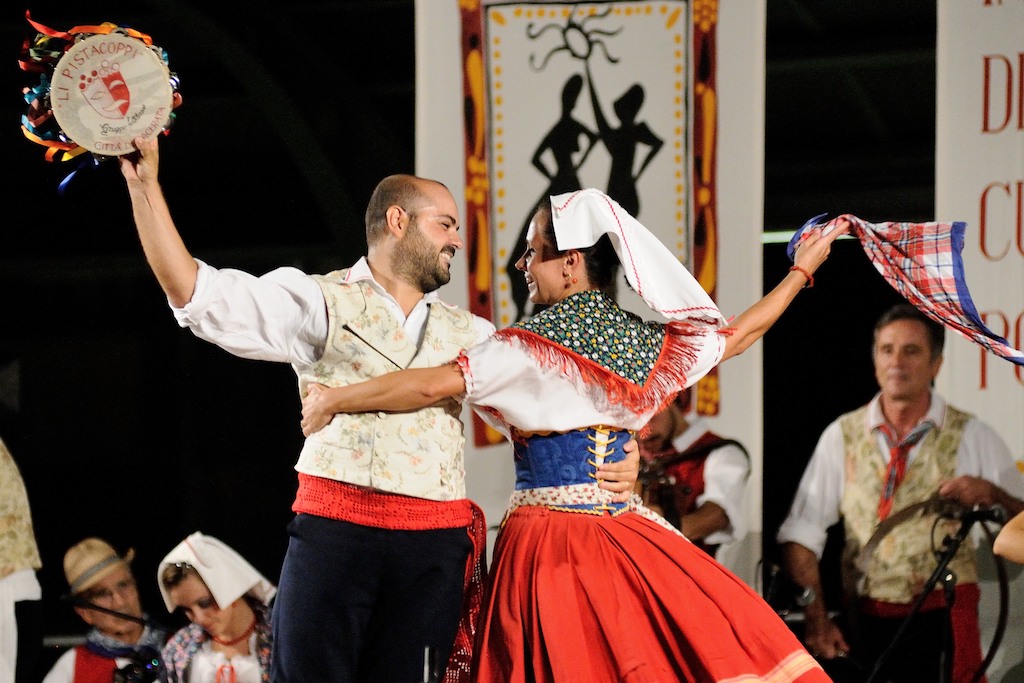
Musical instruments generally used to mark the dance rhythms are tambourines and accordions, the latter an emblem of the city of Castelfidardo, where they are produced since the second half of the XIX century. Also violins and double-basses happen to join the instrumental support of saltarello, especially in the territory of Fabriano.
It doesn’t really matter whether it is a “fairy dance” or remounts to ancient saltationes. Saltarello is the witness of a timeless cultural patrimony and one of the few tangible legacies from the ancient culture of Piceno. Accordingly, action has been taken to protect and promote saltarello of Marche, also by proposing to include it in the Unesco intangible cultural heritage. This is also why efforts are being made, in the region’s school dances, to make young people know this ancient dance: more than in order to make everybody perform it, or play its characteristic instruments, to make people get awareness and respect for a past that can be the basis on which they will build their future.
By A. Lucaioli
